What happens when your power lines get all kinds of trash hanging from them and it’s not safe to send up a human? In Xiangyang, China, you send in the drones. Specifically, the drones that shoot fire.
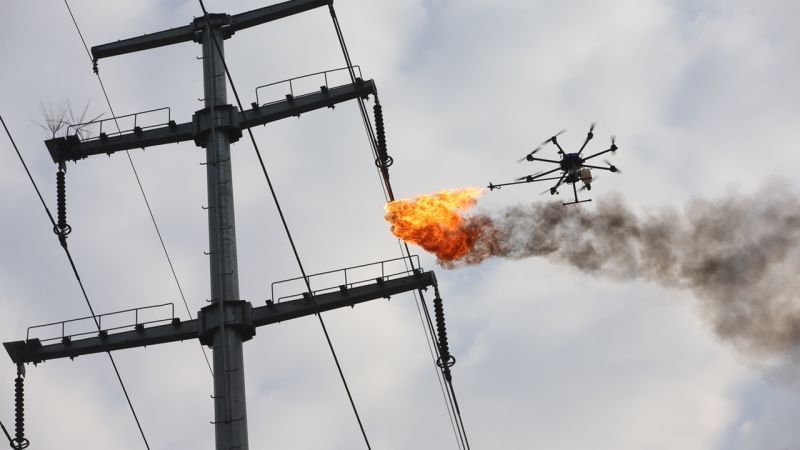

Dubai is getting flying drone taxis this summer.
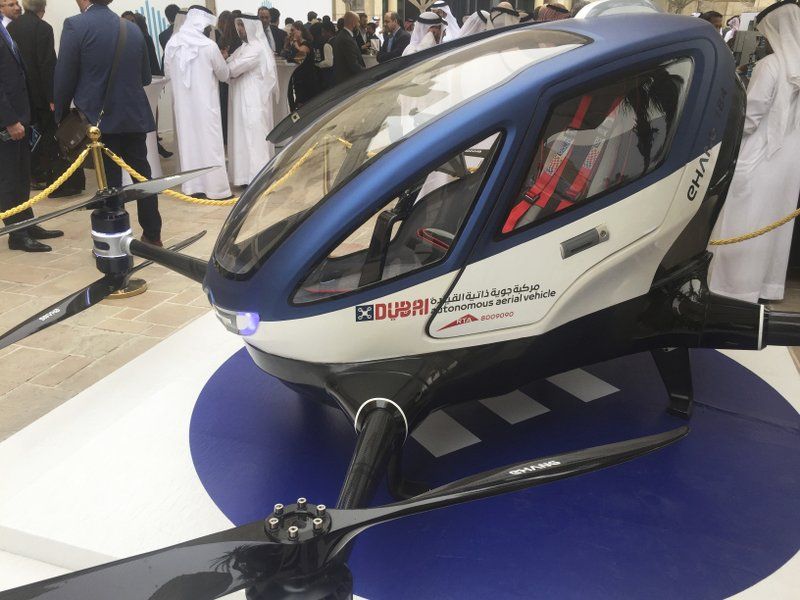
DUBAI, United Arab Emirates (AP) — Up, up and away: Dubai hopes to have a passenger-carrying drone regularly buzzing through the skyline of this futuristic city-state in July.
The arrival of the Chinese-made EHang 184 — which already has had its flying debut over Dubai’s iconic, sail-shaped Burj al-Arab skyscraper hotel — comes as the Emirati city also has partnered with other cutting-edge technology companies, including Hyperloop One.
The question is whether the egg-shaped, four-legged craft will really take off as a transportation alternative in this car-clogged city already home to the world’s longest driverless metro line.
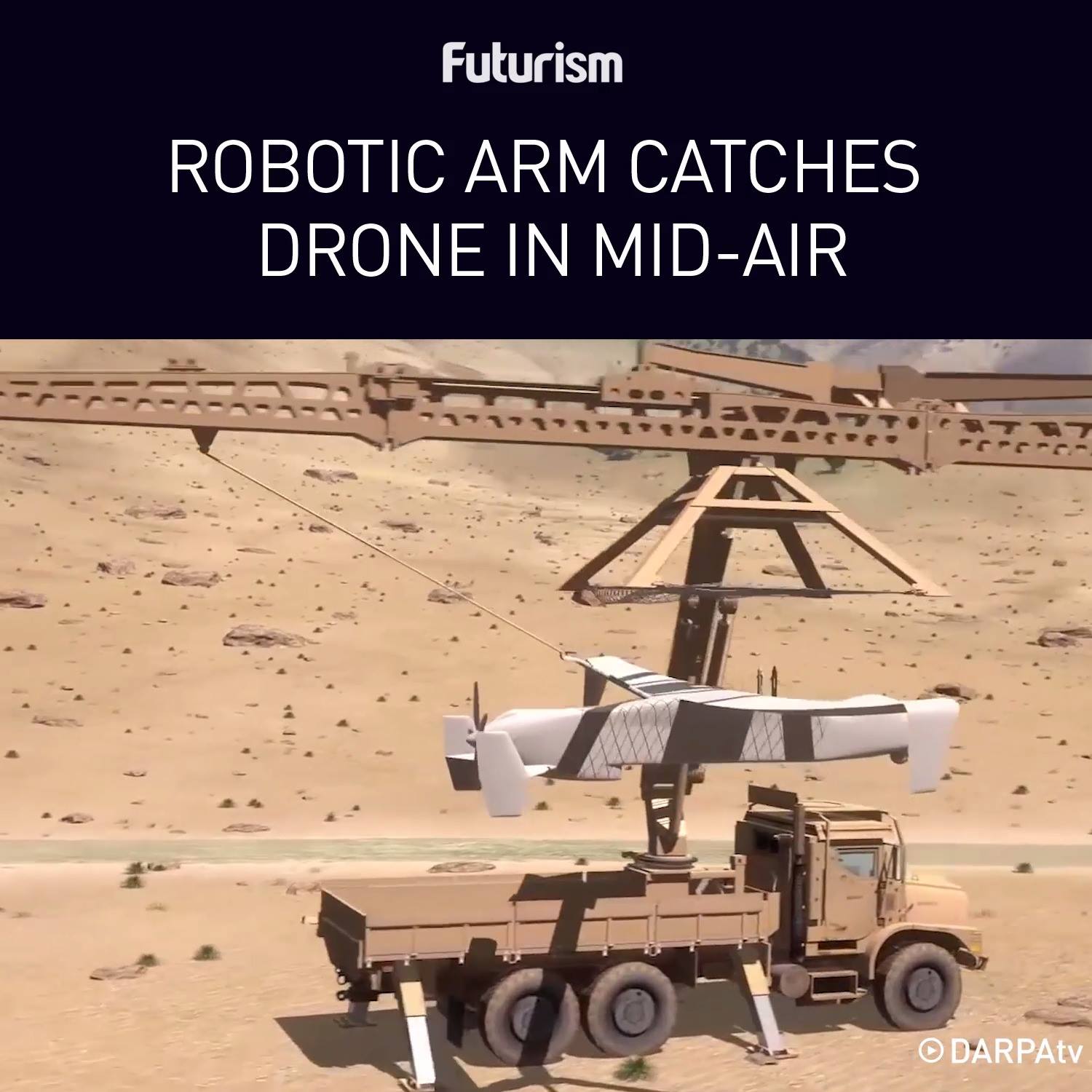
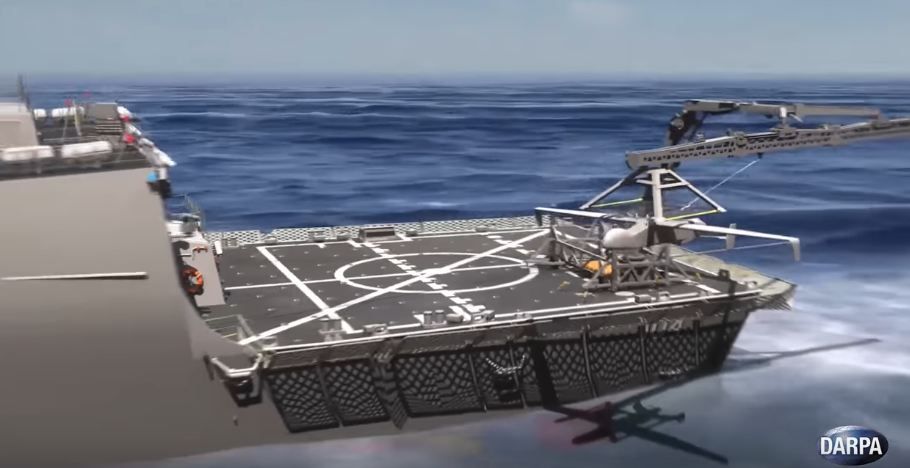
Impressive.
SideArm can be shipped inside a standard 20-foot shipping container for easy transport by truck, ship, rail, Lockheed C-130 Hercules transport aircraft and Boeing CH-47 Chinook heavy-lift helicopter. The small system is designed to operate in truck-mounted, ship-mounted, and standalone/fixed-site facilities. A crew of only two to four people can set-up or stow the system in minutes.
SideArm owes its small size to combining its launch and capture equipment into a single rail that folds for transport.

Innocorp has a new drone that is a flying submarine. It is an unmanned underwater vehicle (UUV), unmanned aerial vehicle (UAV) drone and iot can transitio from water to air to land without any individual or multiple deployments, fission of elements, (as in rockets), or complicated maneuvering.
Like the Murres, a unique seabird which can circumnavigate in the air and in water, SubMurres does both in unprecedented fashion. SubMurres has all the key features of a submarine, including complete marine functionality, communication tower with periscope for panoramic viewing of above-water landscape, dual propulsion blades, fully-articulated rotors that emerge as needed, sensors, and more. But it doesn’t end there.
The dual submarine aircraft moves ubiquitously from water to air. As a submarine, Submurres glide silently underwater performing its mission as it surfaces. Once on the water surface its flight system is engaged and its four rotors emerge from their compartments as vertical take-off and landing (VTOL) is initiated. Once airborne, there is no expulsion of parts. SubMurres simply flies unfettered, with all components intact. Its landing apparatus allow it to settle on terrain, and its second camera system allows it to fully capture surroundings. From land, it can be directly re-dispatched to water. No need to redeploy or to be picked up by another carrier aircraft, unlike any of the chief aeronautic industry or Navy-funded university’s latest submersive drone models.

What do you get when you give a design tool a digital nervous system? Computers that improve our ability to think and imagine, and robotic systems that come up with (and build) radical new designs for bridges, cars, drones and much more — all by themselves. Take a tour of the Augmented Age with futurist Maurice Conti and preview a time when robots and humans will work side-by-side to accomplish things neither could do alone.

When you picture deliveries by drone, you’re probably imagining a glittering craft winching the latest purchase from Amazon Prime down to excited suburban consumers. A thrilling technology, but ultimately one that serves to do little more than put delivery drivers out of work and further fuel our rampant addiction to consumerism.
However, in other less economically developed parts of the world, the humble drone could be nothing short of a revolution.
“Obviously robotics and autonomous technologies will have very large political and social ramifications in industrial countries, but we feel in poorer countries that are not industrialised and never going to be industrialised, then robotics can buy you some efficiency that you would not otherwise have,” said Redline Cargo Drone Network founder and director of Afrotech-EPFL Jonathan Ledgard in a talk at WebSummit about his ambitious project.
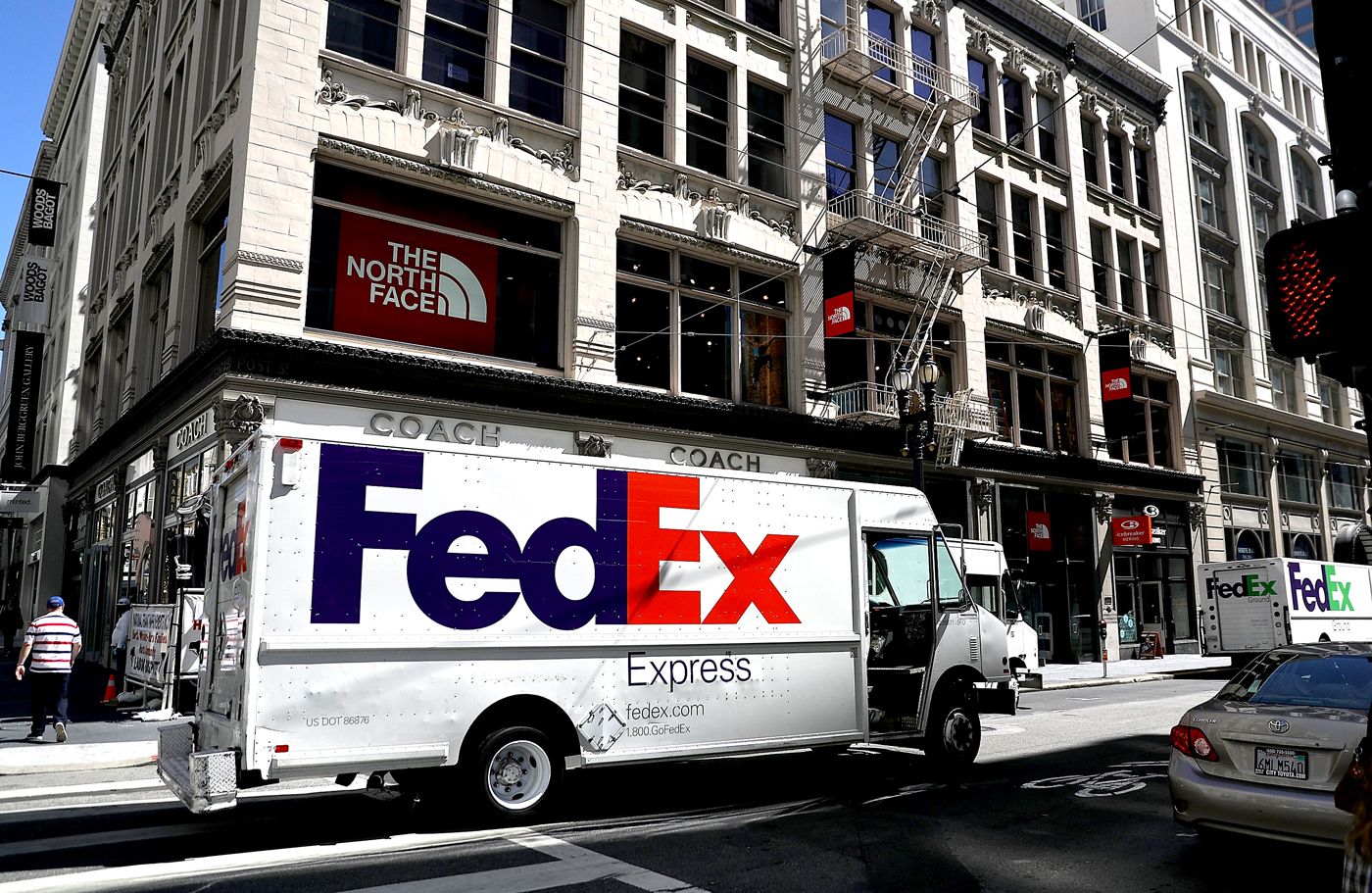
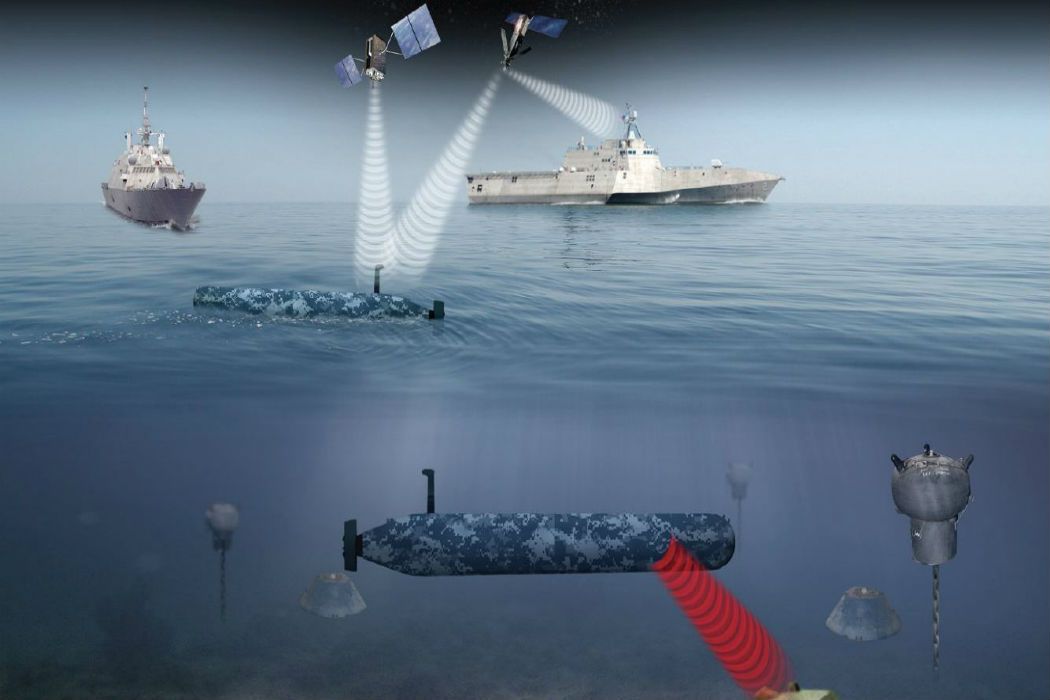
The Navy’s Knifefish underwater mine hunting drone recently helped identify and destroy a number of targets in a key test of the system’s development, service officials said.
During a recent assessment in Narragansett Bay, R.I., the 21-foot Unmanned Underwater Vehicle (UUV) used low-frequency broadband synthetic aperture sonar to find stealthy undersea mine targets, said Capt. Jon Rucker, program manager, Unmanned Maritime Systems, PEO LCS.
“We put eight targets down across a range. The vehicle went around to detect the targets,” Rucker explained.